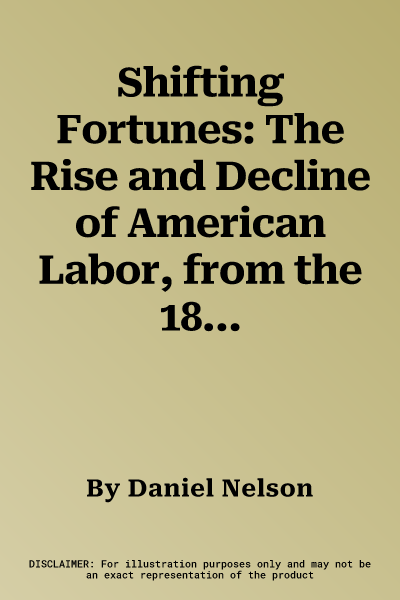Daniel Nelson
(Author)Shifting Fortunes: The Rise and Decline of American Labor, from the 1820s to the PresentPaperback, 1 September 1998

Qty
1
Turbo
Ships in 2 - 3 days
In Stock
Free Delivery
Cash on Delivery
15 Days
Free Returns
Secure Checkout

Part of Series
American Ways
Part of Series
American Ways (Paperback)
Print Length
192 pages
Language
English
Publisher
Ivan R. Dee Publisher
Date Published
1 Sep 1998
ISBN-10
1566631807
ISBN-13
9781566631808
Description
Product Details
Author:
Book Format:
Paperback
Country of Origin:
US
Date Published:
1 September 1998
Dimensions:
21.08 x
13.87 x
1.57 cm
ISBN-10:
1566631807
ISBN-13:
9781566631808
Language:
English
Location:
Chicago, IL
Pages:
192
Publisher:
Weight:
181.44 gm